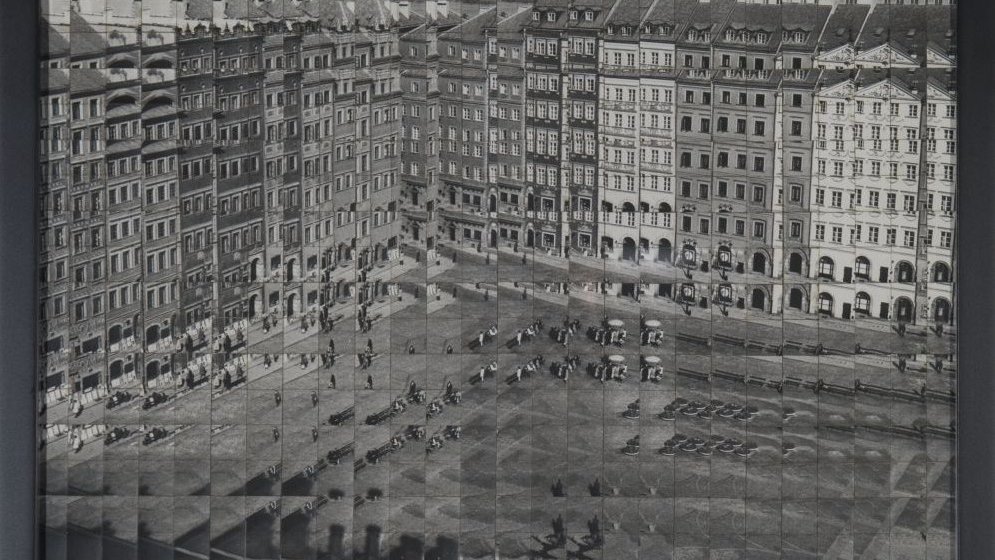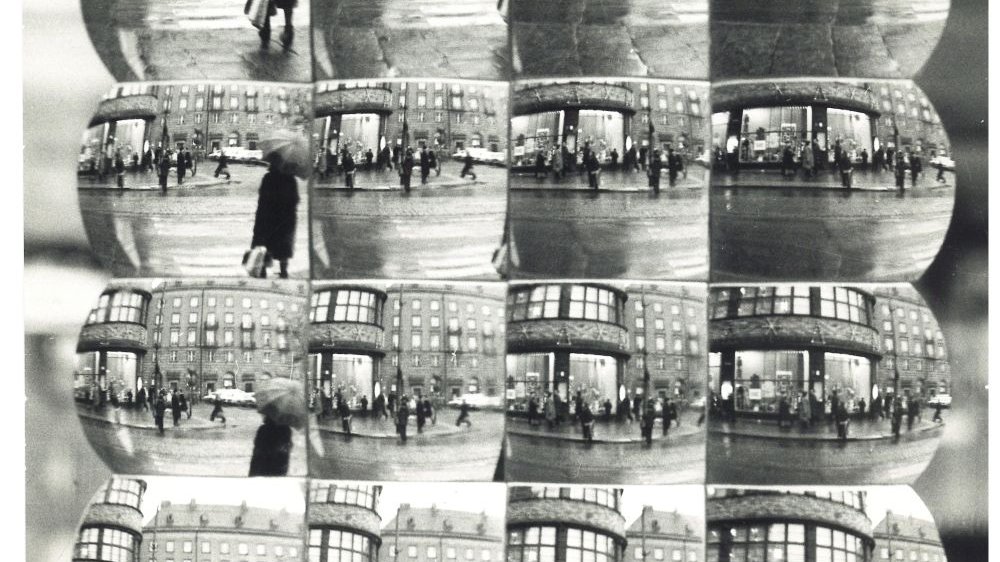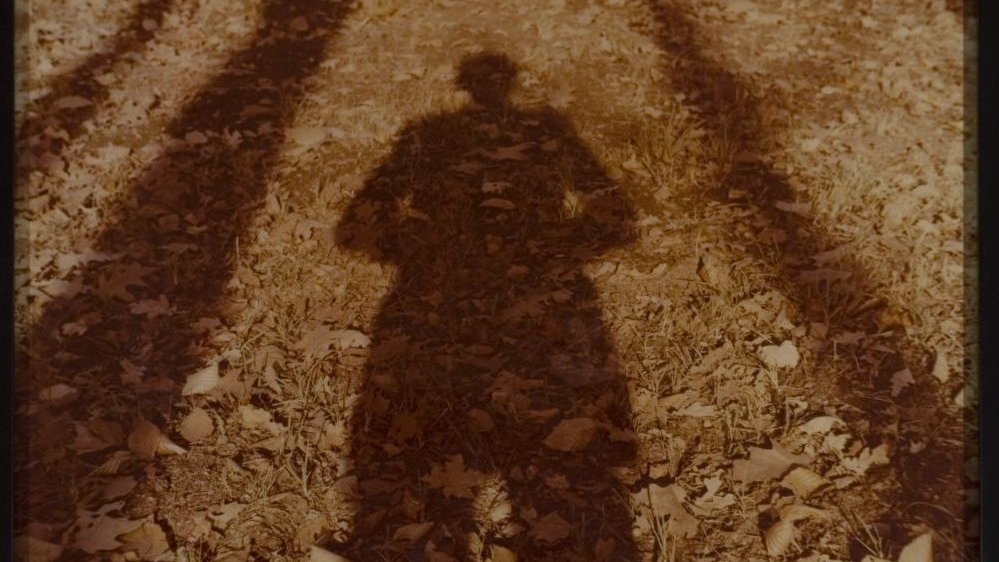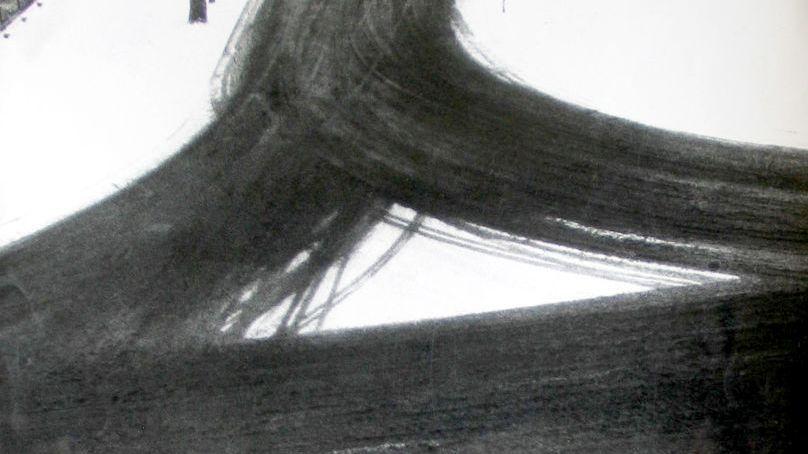The century-old Polish photography scene

The central theme of the exhibition are landscapes - both in the literal and figurative sense of the word. They are shown literally as the viewer is confronted with definitions of the photographic landscape that vary depending on which artistic trend is prevailing. It is also figurative in the sense that the exhibition itself is a metaphorical landscape of the changing views of photography and the evolving understanding of this craft in Polish art.
The display will feature works accepted into the national canon. After all, no discussion of the photographic tradition is complete without a mention of Jan Bułhak, the celebrated founding father of Polish photography. Bułhak headed the Department of Artistic Photography in the Faculty of Fine Arts of the Stefan Batory University of Vilnius. He was also a co-founder of the Vilnius Photography Club, the Polish Photography Club, and the Association of Polish Art Photographers (which became the Association of Polish Art Photographers in 1952). He supported the so-called "homeland photography", a brand of the photographic art that underscored national values and aligned itself with the spirit of pictorialism. The trend promoted upstanding techniques that facilitated control over image details and tonal variations of image points. The synthetic work of art replaced the approach of snapshot-style photographic chronicling. Pictorialism embraced the use of special filters, caps, and various kinds of printer paper. Many photographs emanating out of this trend resemble paintings and graphics.
This said, Memoryscapes. Landscape in Polish Photography provides a much broader view than Bułhak alone, Bułhak being a mere starting point. The Piekary Gallery will also display photographic works from the 1940s, with their fresh perspective and a new approach to framing, greater dynamics and the industrial landscape. Similarly to the 1960s, the 1950s were a time of formal experiments, even if not entirely devoid of sentimentalism. The photos made in the 1970s feature a conceptual landscape. Those from the 1980s add the technique of collage. The closer one gets to the modern times, the more experimental exploring, obscurity and impassioned confrontations with the subject matter are seen in the displayed photographs.
The traditional exhibitions of the kind known typically from national museums, which feature works included in the canon, can be difficult to fathom. They portray history, the changing fabric of society, and the various faces of art. In photography, it is not only what is presented that matters, but also the manner and context in which a given work is made. Right next to the likes of Bułhak, Kozłowski, Rosołowicz and Beksiński, the exhibition features female artists, albeit regrettably only a few. This, however, is all the more reason to reflect on their works. Fortunata Obrąpalska started out as a "homeland" photographer before she took to creating abstract and surreal collections. On the other hand, Zofia Rydet is a remarkable photographer who draws on Italian neorealism. She is known primarily for her Sociological Record. Do not miss the photographs of the pioneering feminist artists Natalia LL and Maria Pinińska-Bereś, who photographed performances in the 1970s.
If all this has given you the impression that the toned-down title Memoryscapes. Landscape in Polish Photography does not fully reflect the nature of the photographs on display, which - despite their thematic convergence - break the mould every time, you are quite right. As a result of having the hundred plus years of Polish photographic tradition fitted into the modest confines of the Piekary Gallery, two ways of visiting the exhibition became available. One of them is to focus on the aesthetic and sentimental value and admire the variability and diversity of Polish photographic landscapes, all the while heaving a restrained sigh of disappointment over the skewed ratio of male to female artists selected for the event. The other historical approach is a fascinating affair. I especially encourage you to take the latter, as the exhibition features a catalogue with text by prof. Marianna Michałowska, prof. Maciej Szymanowicz and Bogusław Deptuła.
Klaudia Strzyżewska
translation: Krzysztof Kotkowski
- Memoryscapes. Landscape in Polish Photography
- Curator: Cezary Pieczyński
- Organiser: The 9/11 Art Space Foundation
- Piekary Gallery
- open: 8 October-12 November
© Wydawnictwo Miejskie Posnania 2021
See more

Waltzes, jazz songs and carols

From One Celebration to Another

Christmas Markets and Fairs with Attractions




